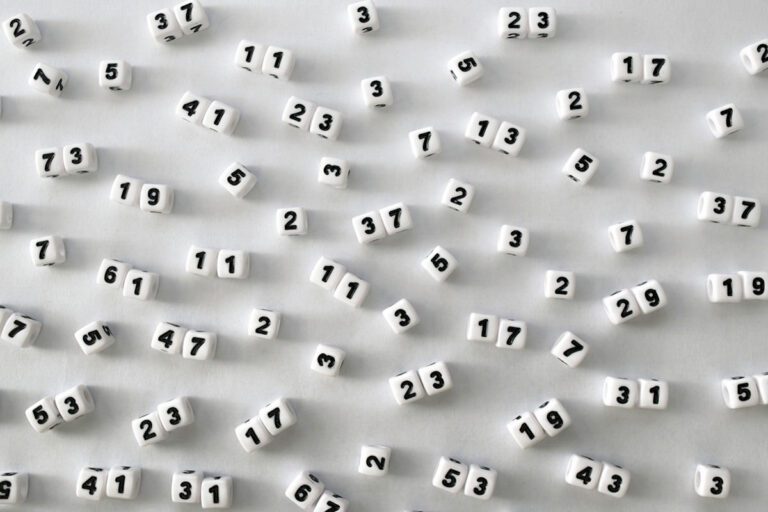Use a regra de Cramer para resolver o sistema:
$$\left\{\begin{array}{l}
x\cdot cos(\theta)+y\cdot sen(\theta) = cos(\theta) \\
-x\cdot sen(\theta)+y\cdot cos(\theta) =sen(\theta) \\
\end{array}\right. $$
Solução:
i) Calculamos o determinante da matriz do sistema:
$$m = det\left[\begin{array}{cc}
cos(\theta) &sen(\theta)\\
-sen(\theta)&cos(\theta)
\end{array}\right] = cos^{2}(\theta)+sen^{2}(\theta)$$
Como cos²(θ) + sen²(θ)=1, temos $$m=1$$.
ii) O determinante da matriz que fornece o valor de $$x$$:
$$a = det\left[\begin{array}{cc}
cos(\theta) &sen(\theta)\\
sen(\theta)&cos(\theta)
\end{array}\right] = cos^{2}(\theta)-sen^{2}(\theta)$$
Da soma de arcos, na trigonometria, temos cos(2θ)=cos²(θ) – sen²(θ).
Obtemos, então, $$a=cos(2\theta)$$.
Pela Regra de Cramer, $$x= \frac{a}{m} = \frac{cos(2\theta)}{1}=cos(2\theta)$$.
iii) Calculamos o determinante da matriz do sistema:
$$b = det\left[\begin{array}{cc}
cos(\theta) &cos(\theta)\\
-sen(\theta)&sen(\theta)
\end{array}\right] = cos(\theta)sen(\theta) – (-sen(\theta))cos(\theta) = 2\cdot sen(\theta)cos(\theta)$$
Lembre-se de que, na trigonometria, $$sen(2\theta) = 2\cdot sen(\theta)cos(\theta)$$.
Pela Regra de Cramer, $$y= \frac{b}{m} = \frac{sen(2\theta)}{1}=sen(2\theta)$$.
$$(x,y)\in\{(cos(2\theta) , sen(2\theta))\}$$.


















0 comentários